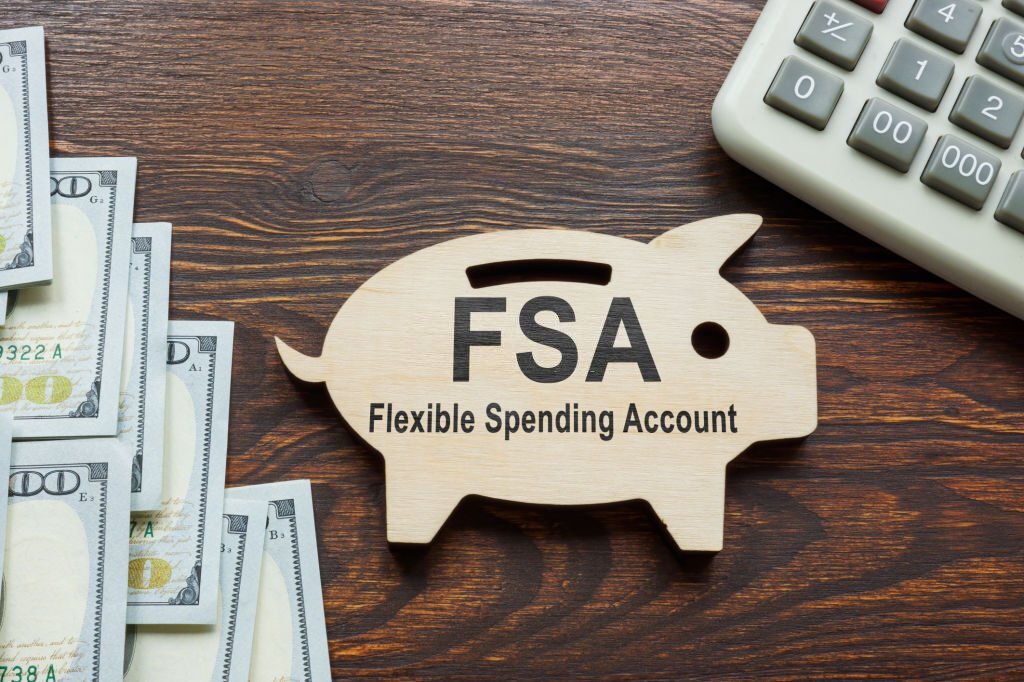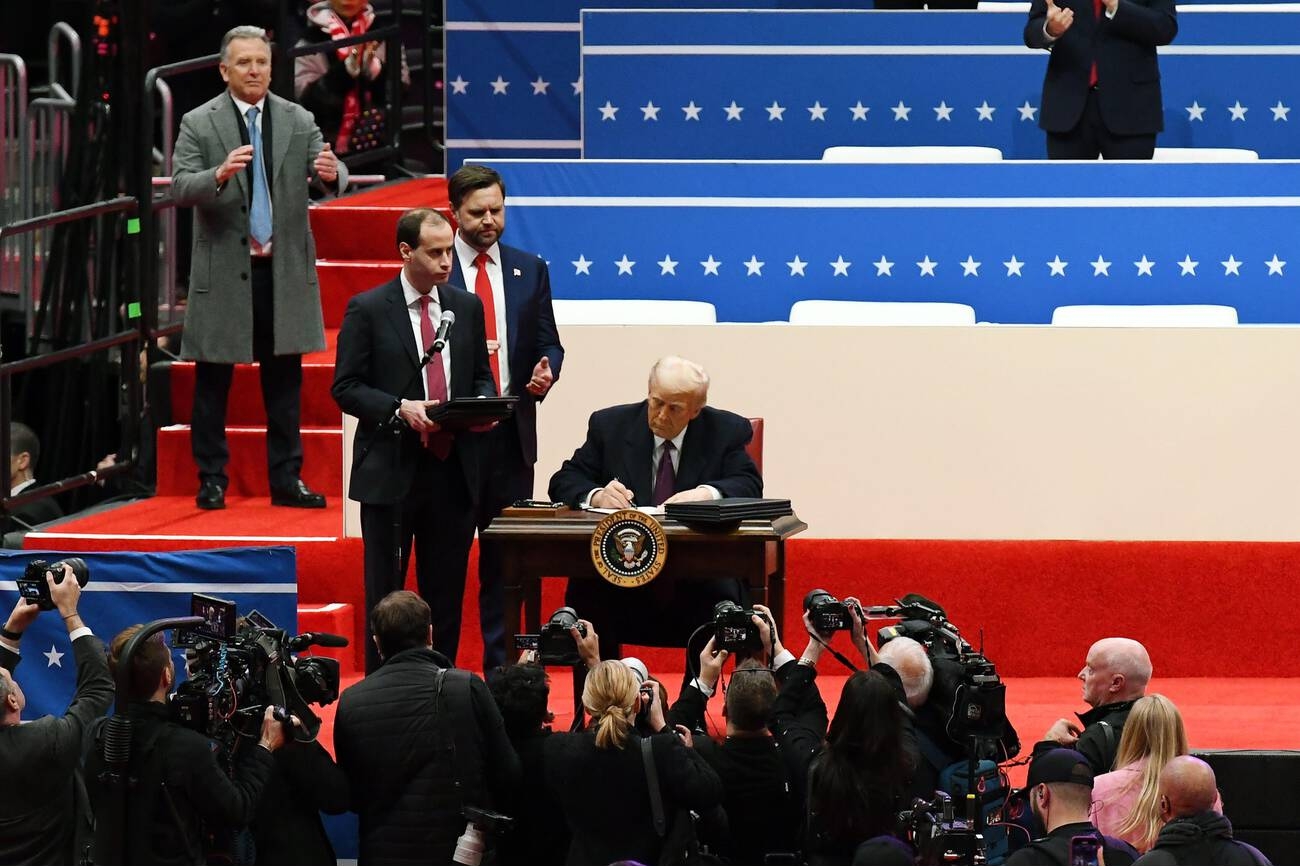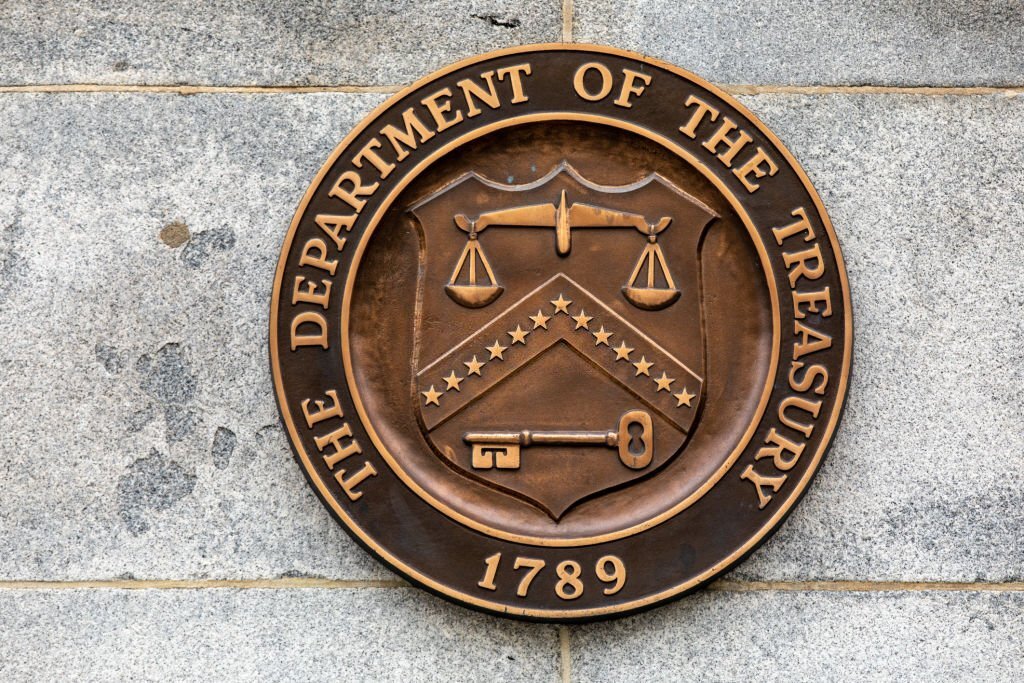The tax law provides benefits to employees who choose to participate in flexible spending accounts (FSAs) for qualified expenses. However, if there’s a balance in the account at the end of the year, the remaining funds are generally forfeited. Fortunately, an employer can offer one of two possible alternatives.
Background: With an FSA, a participating employee generally funds his or her account with pre-tax dollars through a salary reduction plan. Therefore, the employee saves both income tax and payroll taxes on contributions to the plan. Plus, there’s no tax on amounts withdrawn if they are used to pay for qualified expenses. Similarly, the employer saves on its share of payroll taxes.
There are two main types of accounts: healthcare FSAs and dependent care FSAs.
1. Healthcare FSAs: After amounts are deposited in your account, you may use the money throughout the year to pay for qualified healthcare expenses as needed. The annual limit on contributions is $2,500 (indexed to $3,050 for 2023). Tax-free withdrawals may be made for expenses incurred by an employee, their spouse and dependents age 26 or younger.
The list of qualified expenses is extensive and generally mirrors would normally be deductible as medical expenses on your tax return. For instance, you may use a healthcare FSA to pay for insurance co-payments, co-insurance and deductibles, dental and vision care and prescription drugs, etc.
2. Dependent care FSAs: A dependent care FSA operates much like a healthcare FSA except that withdrawals must be used for qualified dependent care expenses. The funds may cover expenses of caring for a child under age 13 or a dependent physically or mentally incapable of self-care (e.g., an elderly relative with Alzheimer’s Disease).
The annual limit for contributions to a dependent care FSA is $5,000. (This figure is not indexed for inflation.) Qualified dependent expenses generally include those allowing you (and your spouse, if married) to be gainfully employed. This includes fees for day care centers, nursery schools, babysitters and summer day camp.
For years, FSA participants had to beware of the “use it or lose it rule.” As the name implies, you had to use the funds in your healthcare or dependent care FSA by the end of the plan year. But now employers can offer one of two options.
- An employer can provide participating employees with a 2½-month grace period. In other words, employees have until March 15 of the year following a calendar plan year to use any remaining funds in an FSA before they are forfeited.
- Alternatively, an employer may allow FSA participants to carry over up to $500 of unused funds to next year (indexed to $610 in 2023). However, any excess is forfeited. For example, if an employee carries over $610 from 2023 and used an extra $510 in 2024, they lose $100.
The catch: Either the grace period or the carryover may be allowed, but not both. So an employer must decide which option, if any, to offer as a way around the use it or lose it rule. If your company doesn’t offer either option, try to empty out your account before January 1.
Thanks for reading CPA Practice Advisor!
Subscribe Already registered? Log In
Need more information? Read the FAQs





